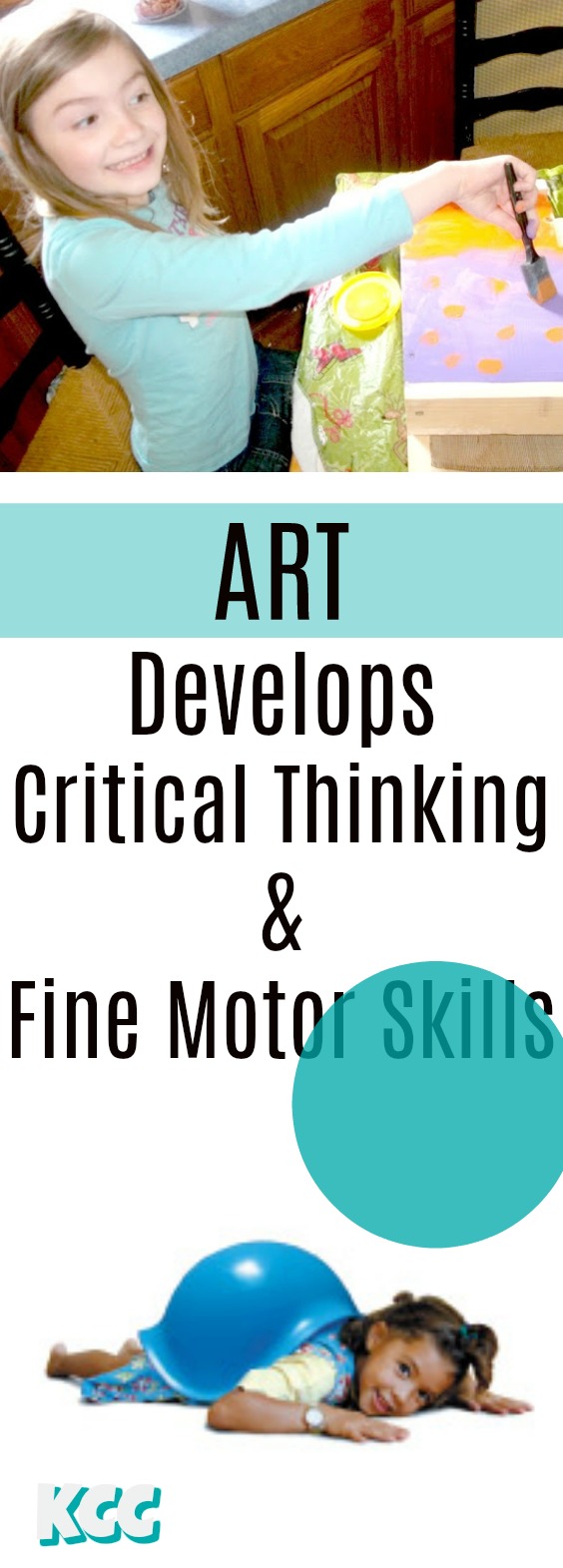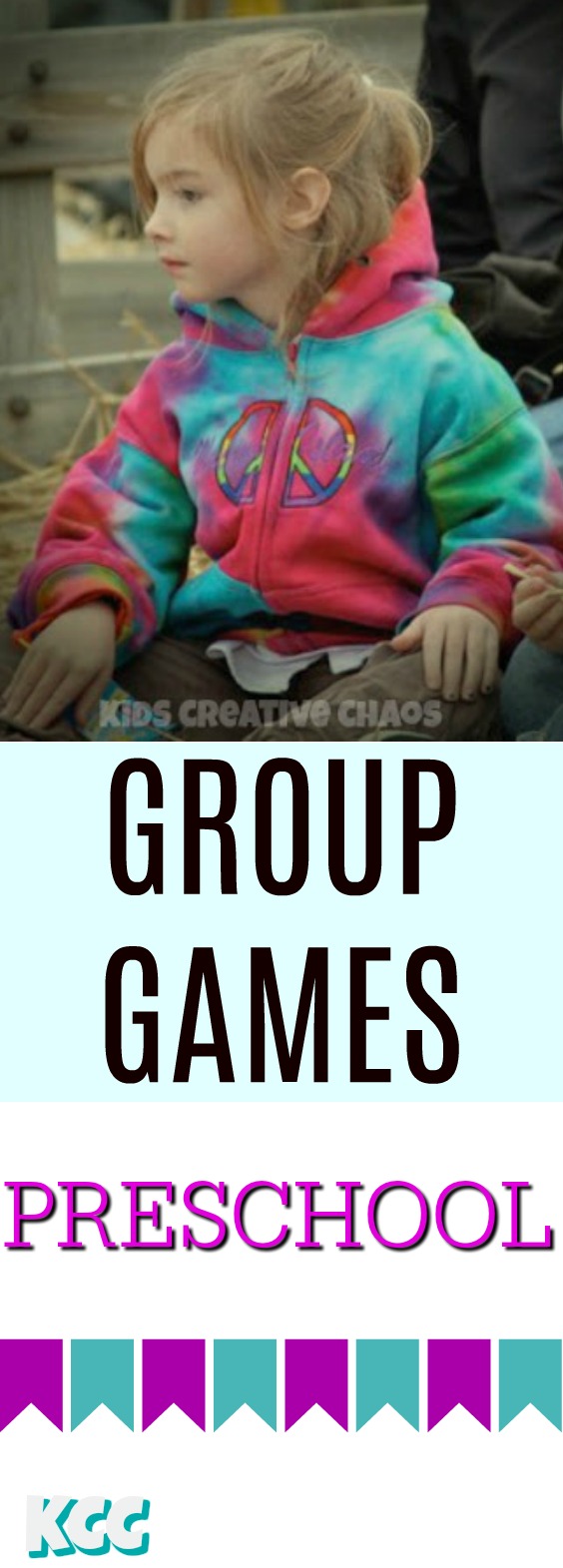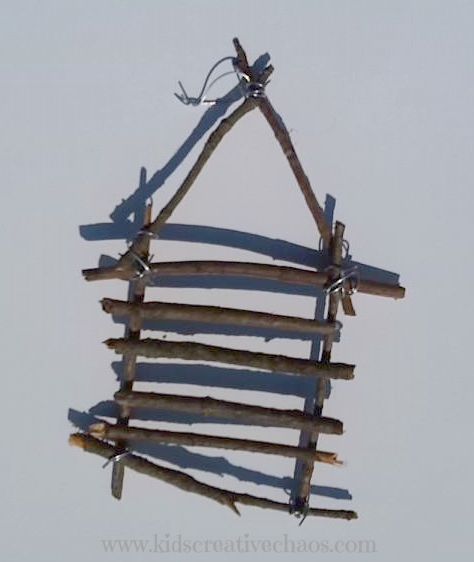Essential Crafting Skills That Every Child Should Learn
Art and crafting activities have positive mental and physical benefits. Studies show that when children work together on craft projects, they build language skills as they create together, and more easily understand the perspective of others. Crafting also helps cultivate a child’s sense of achievement, building confidence and self-esteem through creation and experimentation.
In addition to learning important skills, supporting your child with creative outlets for free expression is good for their overall well being and health. Crafting is a wonderful way to relieve stress and offer space to learn to experiment and create. With a few simple supplies and an open mind, children will have a lot of fun while learning to enjoy crafting, all while developing a wide range of important skills. Here are some recommendations for teaching essential crafting skills to your children.
Junk Modeling
Open-ended art projects encourage the development of critical thinking skills. As a child makes a mental plan for what they want to make, they are building visual-spatial skills and exercising both right and left brain function. Designing models and sculpture helps children learn to evaluate shapes. An assortment of containers, wires, plastic, and random bits of household junk can be transformed into robots, toys, or mobiles. Provide glue and tape to help secure the pieces together, and paint and decorations for embellishing the model.
Help them turn a box into a pretend stove.
Sewing
Hand sewing tasks, like threading a needle or tying a knot, help improve hand-eye coordination and fine motor skills. As noted by the Philly Art Center, the small muscles in a child’s fingers, wrists, and hands are strengthened through arts and crafts activities, which helps to make learning to write easier. Older children may enjoy designing costumes or simple bags. Providing a sewing machine for children is a creative and fulfilling way to encourage artistic expression. Math skills, including spatial reasoning, measurement taking, and shapes are skills that can be learned through pattern making and design. Offer to host a fashion show for children to share and reflect on their creations.
What are the Cognitive Benefits of Crafts?
Making A Collage
Teaching crafting skills like cutting with scissors and drawing encourages the development of fine motor muscles. Suggest a collage theme and set a table with an assortment of papers, magazines, fabrics, leftover crafting supplies, and glue. Children will also learn about dimension and composition, gaining concentration skills as they assemble materials to create their art. Encourage children as they create unstructured work, focusing on the process and exploring the creation of art rather than the end product.
String Art
Children who engage with creative activities exercise and develop a creative mindset, learning there can be many ways to complete a task. With yarn, flat top nails or pins, and a bit of scrap wood or cardboard, kids will build skills like measuring and the steps involved in creating geometric and linear art. Patience and imagination will be stretched as they figure out how to transfer their ideas to the surface. Older children can be challenged to make elaborate templates or intricate designs with parabolic curves and repeating patterns. Dr. Kerry Freeman (Head of Art & Design Education, Northern Illinois University) adds that when kids engage in crafting and art for expression and are given the ability to take risks, they are developing lifelong innovation skills that will contribute to their success academically and as adults.
Learning essential crafting skills has so many benefits for your child, contributing to both their physical and emotional development as they grow. Plan to engage your child with age-appropriate creative activities every week. Enjoy spending family time together to teach these essential crafting skills to your child, it’s a wonderful opportunity to bond and create memories.
Recommended:
Pick a Collage Project from this list
Benefits of Extra Curriculars for Kids with Disabilities ad Special Needs




























